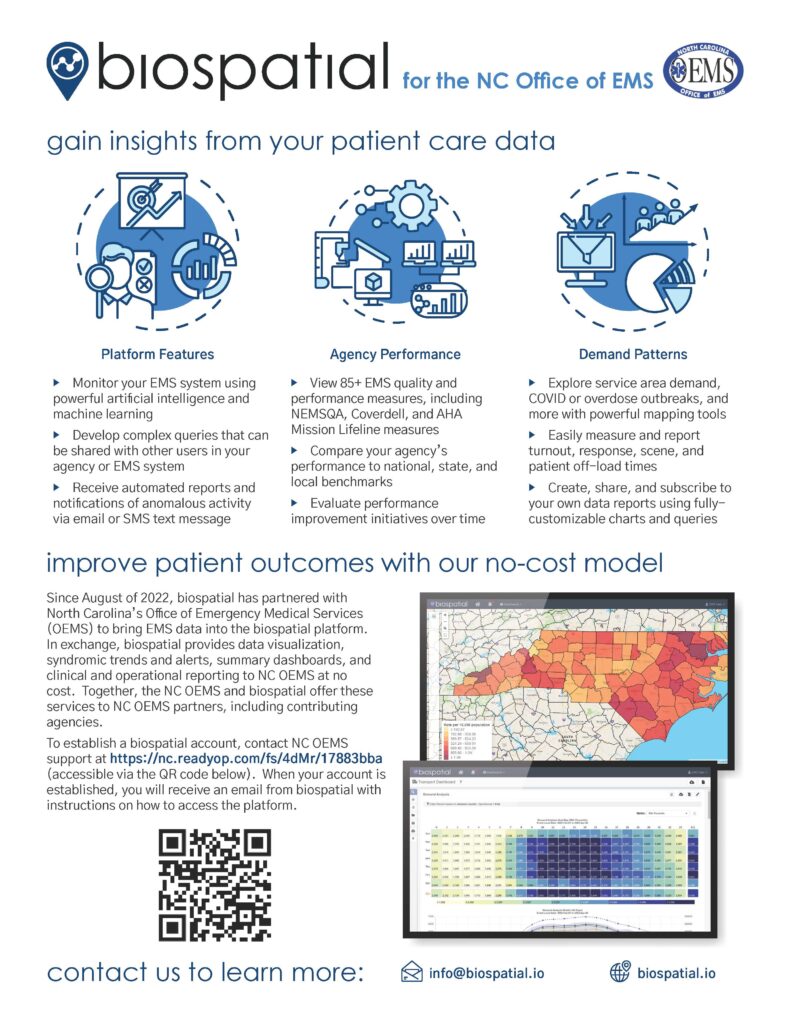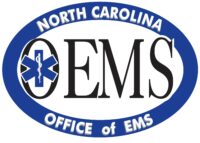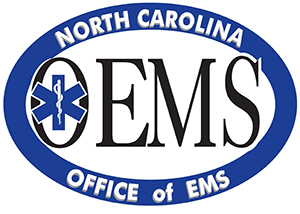The North Carolina Office of EMS only accepts NEMSIS v3.5 elements
North Carolina began accepting NEMSIS version 3.5 (v3.5) data elements in June 2023 all vendors began to transition immediately, and all vendors were compliant by July 2024.
What is NEMSIS?
The establishment of the National Emergency Medical Services Information System (NEMSIS) provides a standardized and essential approach to data collection by EMS agencies. This data plays a crucial role in developing training programs, evaluating patient care outcomes, and providing valuable research information at both local and national levels. Furthermore, this documentation standard significantly impacts federal fee schedules and reimbursement rates, making it a vital tool for the entire medical community.
NEMSIS v3.5 Special Considerations
As North Carolina transitions to NEMSIS version 3.5 please be aware of a few things:
- North Carolina now requires that Facility Codes match the value in the state list. Please ensure that the Facility ID is filled out for all Hospital Destinations and confirm that it matches the values in the state list here.
- If you have a hospital or free-standing emergency room in your service area that is new or closed, has a name change, etc., you must complete this form to make the changes. You will be updated once the request is completed.
- Once v3.5 records are sent to OEMS, they are directed to the repository. Agencies should have access to the repository to view submission statistics and data quality scores. ESO customers can contact ESO Support for access, while non-ESO customers can request access by emailing james.a.hood@dhhs.nc.gov.
Research Requests
North Carolina’s Office of EMS can provide data for academic clinical research projects upon request. All requests undergo review by OEMS staff before approval. Data is available from June 2020 to Current.
For more information contact james.a.hood@dhhs.nc.gov
biospatial
North Carolina Office of EMS offers free access to all agencies submitting data to the State. For more information on biospatial, please refer to the information sheet below.


